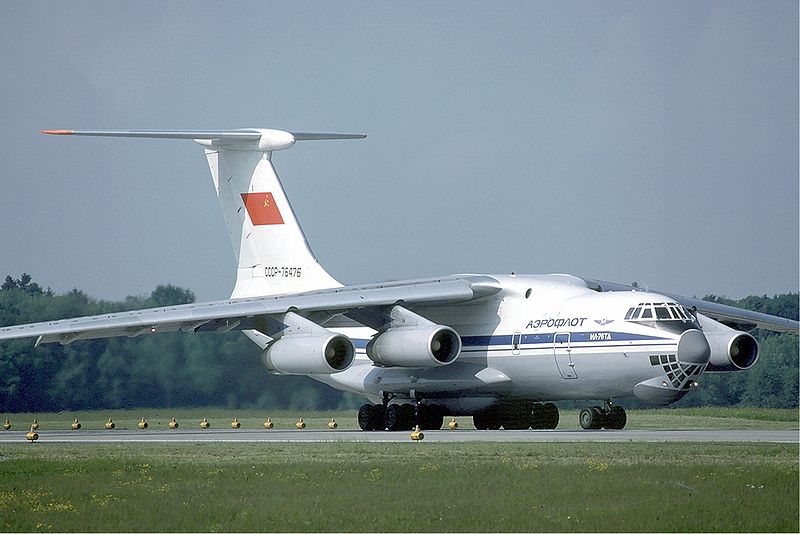Government and industry engineering teams investigating the origins of a failed propulsion fueldraulic line on an F-35B Short Takeoff and Vertical Landing (STOVL) variant have identified the probable cause and are developing a return to flight plan to lift the suspension of flight operations.
The root cause investigation ruled out any design or maintenance issues. Evidence revealed a quality discrepancy from the company that produces the fueldraulics line. The investigation determined the line was improperly crimped.
An audit of quality control records identified six additional non-compliant units which have been removed from aircraft and returned to Pratt & Whitney, the prime contractor for the F-35 propulsion system, for replacement.
The fueldraulic line enables actuator movement for the STOVL vectoring exhaust system. Instead of traditional hydraulic fluid, it instead uses fuel as the operating fluid to reduce weight. Stratoflex, the company that produces the line, Rolls-Royce and Pratt & Whitney have instituted corrective actions to improve their quality control processes and ensure part integrity.
The F-35 Joint Program Office and Naval Air Systems Command are developing a return to flight plan which details the removal and inspection requirements of currently installed fueldraulic lines on the 25 F-35B variants affected by the flight suspension. Because this particular line is found only on the F-35B variant, flight operations for F-35A or F-35C variants of the aircraft were unaffected.
The temporary suspension of flight operations for the F-35B occurred 18 January after an aircraft at Eglin Air Force Base, Fla. experienced a propulsion system fueldraulic failure prior to takeoff. Following standard operating procedures, the pilot aborted takeoff without incident and cleared the active runway. There were no injuries to the pilot or ground crew.










